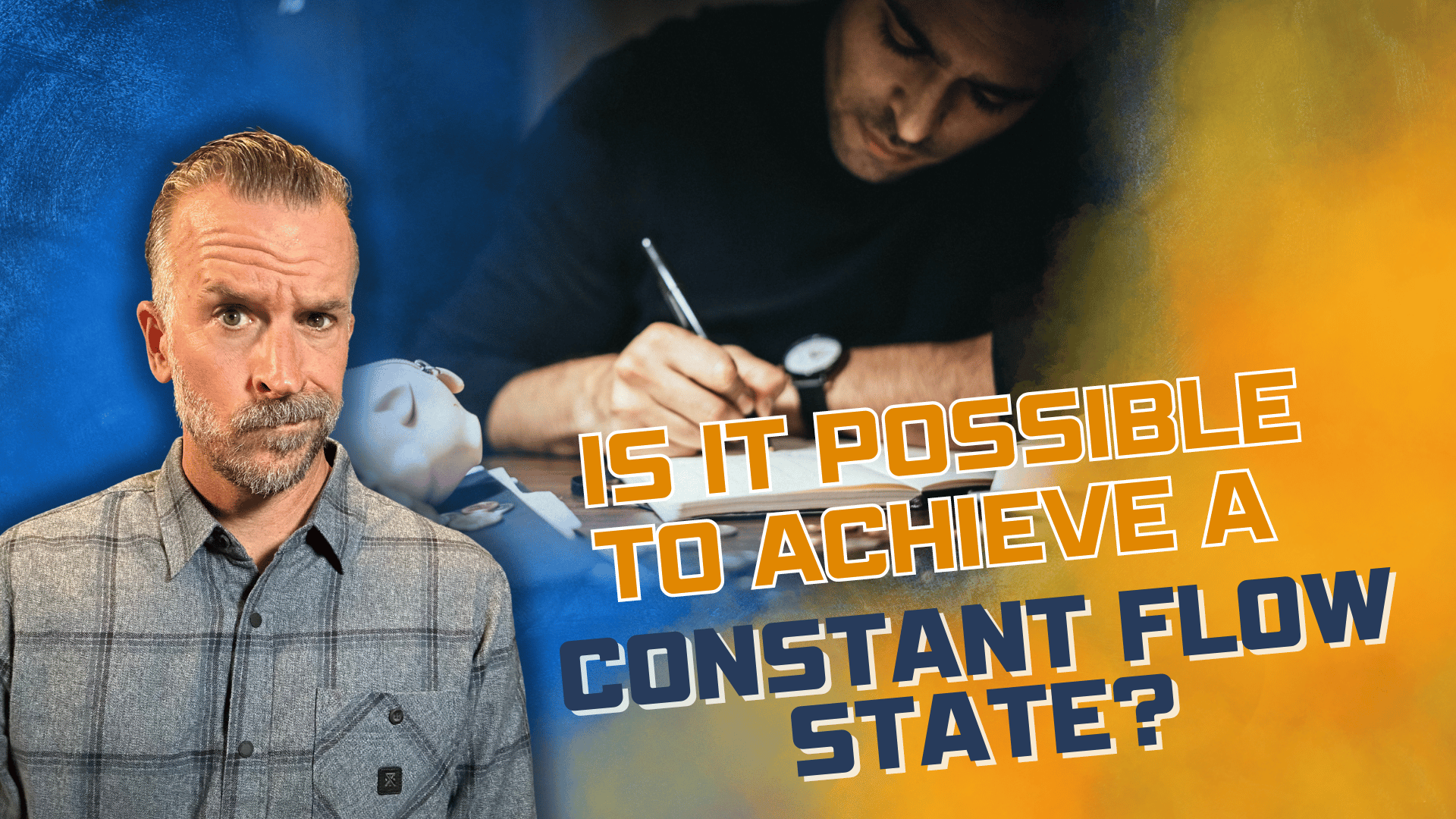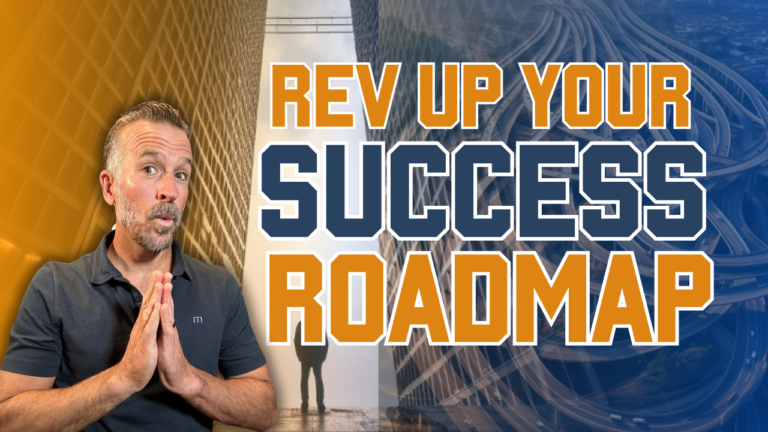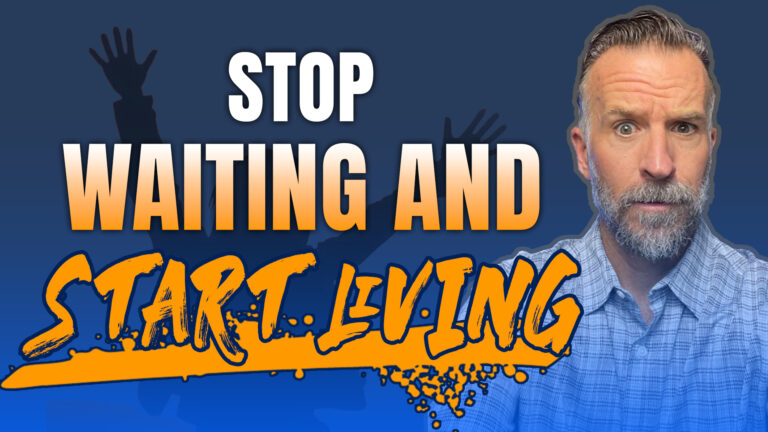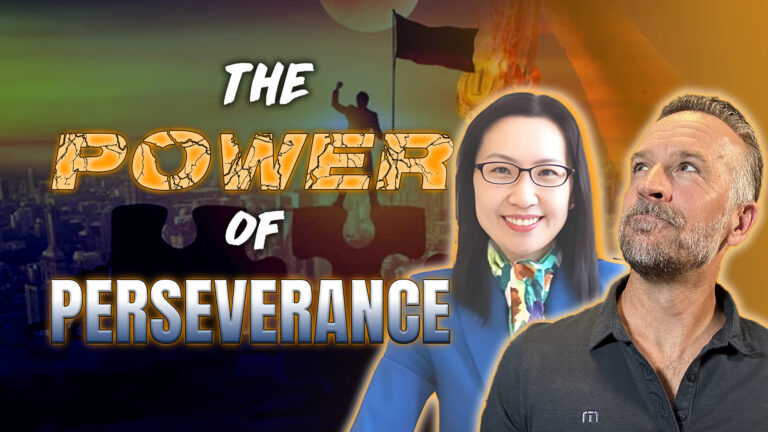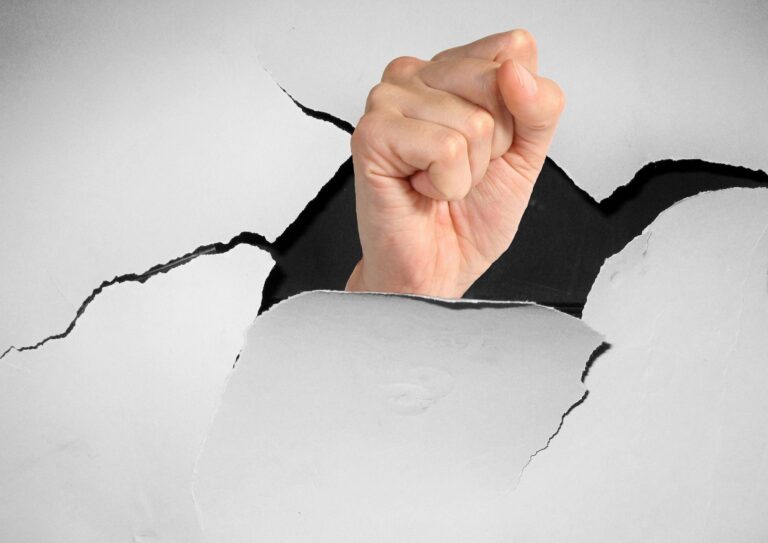Riding the Wave of Flow State: Breaking Down the Flow Cycle
Is it possible to always be in a state of flow? In this episode, Adam Hill explores whether it’s realistic to expect being in a constant state of flow or if there are natural cycles involved. He shares insights from flow researcher Steven Kotler on the four stages of the “flow cycle” – struggle, relaxation, flow, and recovery. Listen in to understand how knowledge of this cycle can aid you in experiencing flow more often. If you’re on the hunt for techniques to amplify your focus and performance, this enlightening episode is worth a listen!
Here are some power takeaways from today’s conversation:
- Can you be in a constant state of flow?
- Flow and its four stages in achieving peak performance
- The importance of following a cycle
- Embracing struggle for growth and improvement
- Entering flow state for productivity and creativity
- Harnessing the power of the flow cycle: struggle, relaxation, flow, and recovery
Episode Highlights:
[05:37] Can You Be in a Constant State of Flow?
You cannot be in a constant state of flow. While it would be ideal to always be performing at our best, the science shows there are natural cycles involved in achieving a state of flow. Adam discusses research by Steven Kotler that identifies four stages in the “flow cycle”: struggle, relaxation, flow, and recovery. To consistently experience flow requires understanding these stages and how to optimize the different phases. Fighting to stay in flow at all times sets oneself up for failure, as the natural ebbs and flows cannot be avoided.
[13:42] Embracing Struggle for Growth and Improvement
- The initial stages or the struggle phase of any goal or activity is invariably challenging but crucial to overcome. This struggle pushes us beyond our comfort zone, propelling personal growth and necessitating an acceptance of discomfort. It’s through this struggle that we develop the resistance needed for improvement, much like how lifting weights builds muscle. Instead of shying away from it, embracing struggle means navigating through discomfort, viewing it as an opportunity for growth rather than a fear-inducing obstacle. It is important to remember that without this struggle, we cannot progress to the subsequent stages of relaxation, flow, and recovery that are vital for sustained improvement over time, as dictated by the flow cycle.
[26:19] Harnessing the Power of Flow: The Cycle of Struggle, Relaxation, and Recovery
The key to staying in the zone or the flow state is to commence your rest when you’re at your peak. This involves setting a timeline, allowing you to enjoy the flow, but also knowing when to stop and take a breather even when you’re still immersed in that state. By doing this, you’ll find that the next time you return to the task, you’ll easily reconnect with the initial struggle, step back, and then dive right back into the flow. Understanding this cycle of struggle, relaxation, flow, and recovery will help you recognize the phase you’re in and guide yourself through each stage more effectively. This understanding will enhance your chances of experiencing the flow instead of constantly battling it.
Remember, fighting and flow are polar opposites; you can’t muscle your way into a state of flow. The initial phase is struggle, not flow; it’s followed by relaxation, a stepping back from the task. On your return, you re-engage, flowing with focus. The recovery phase kicks in when you’re at your best, prompting you to rest and recover. This recovery phase tends to be the longest as it’s the stage where most adaptations occur.
Resources Mentioned:
The Art of Impossible by Steven Kotler
Follow Adam…
Sign up for my newsletter and get my free Foundations of Flow Training:
Follow me and turn fear into flow!
IG: @theadamchill
YouTube: @adamchill
TikTok: @theadamchill

